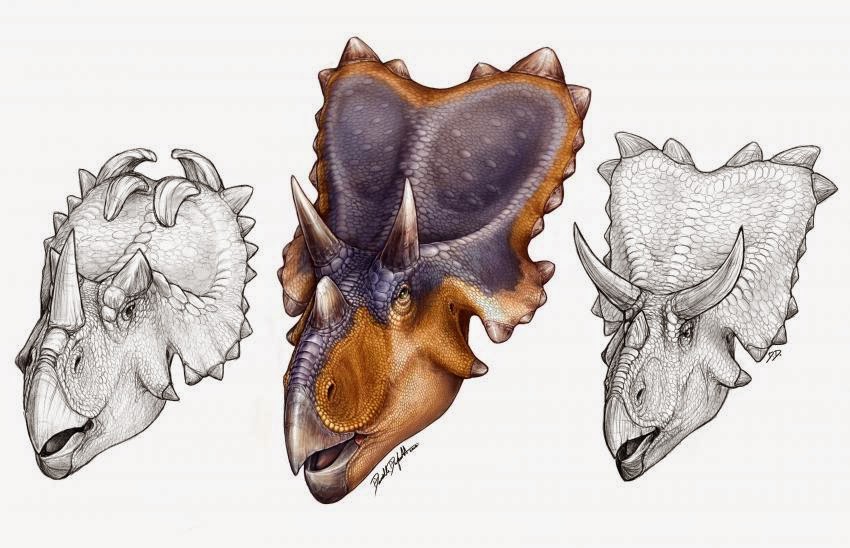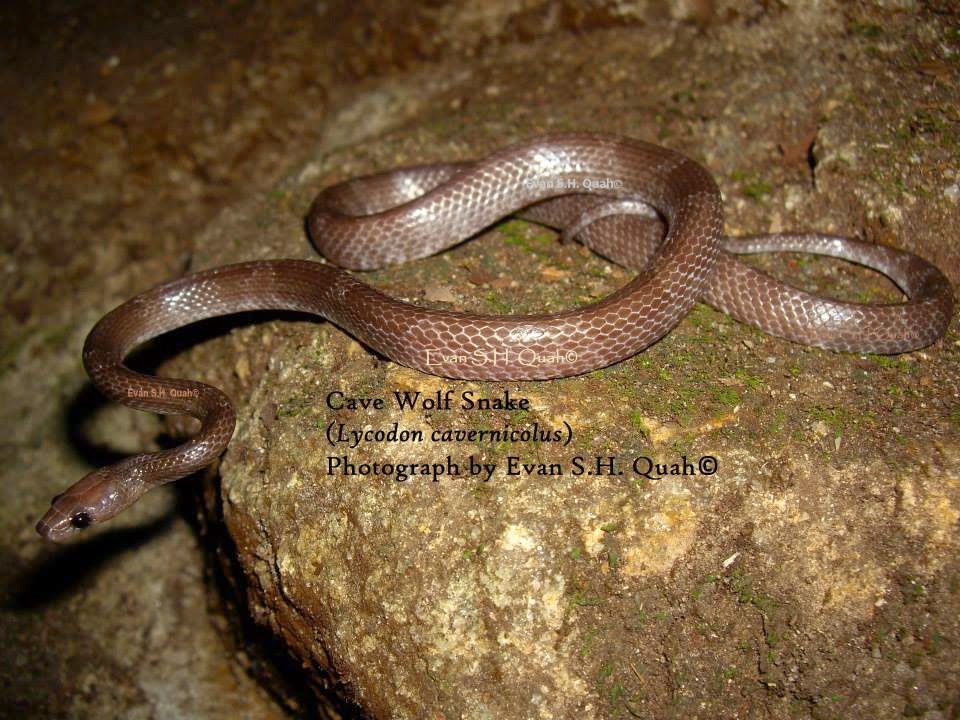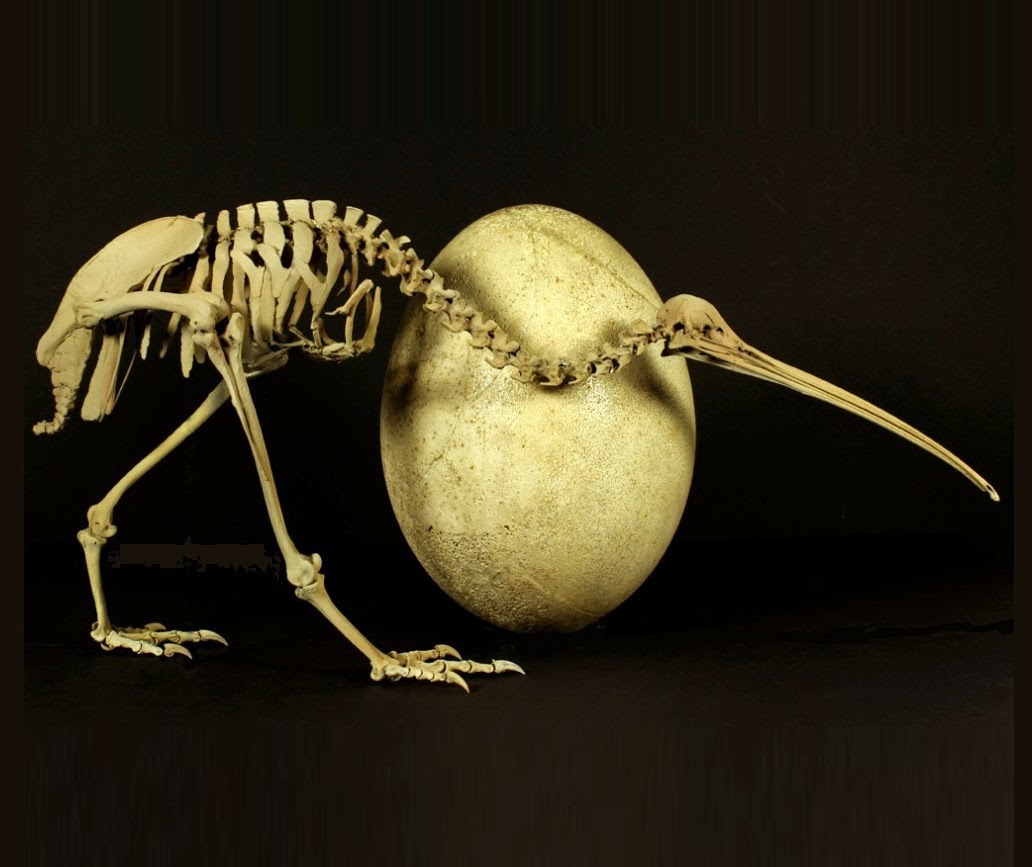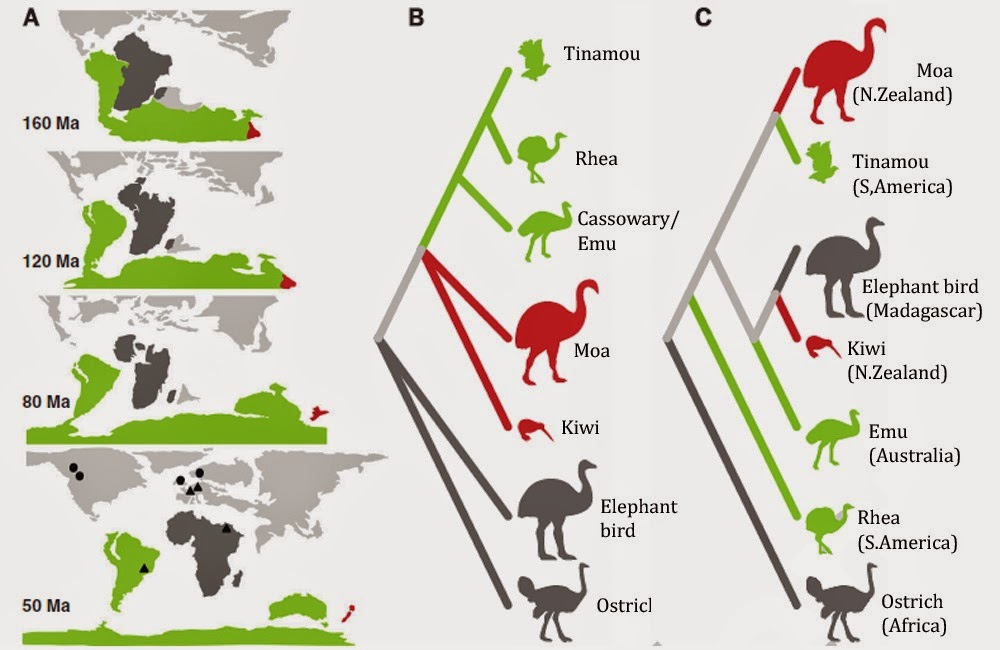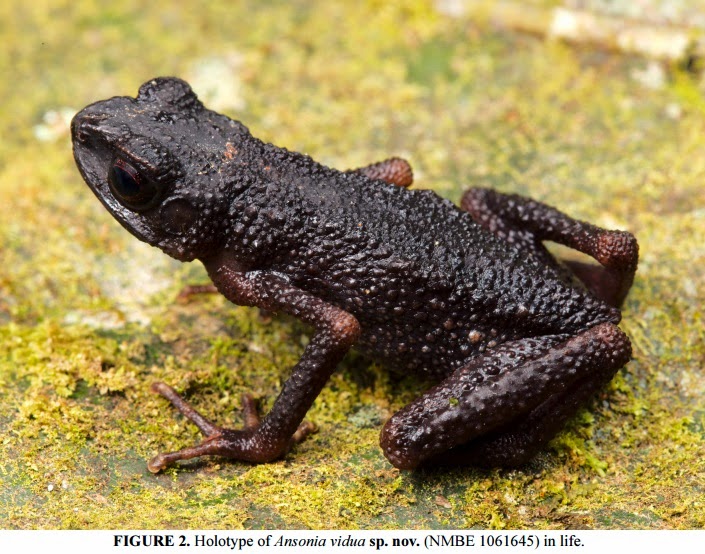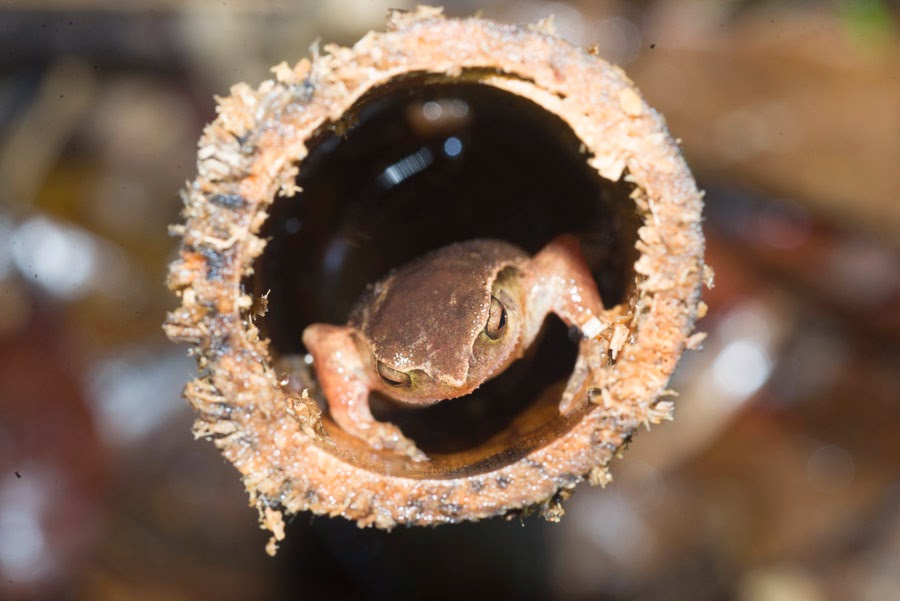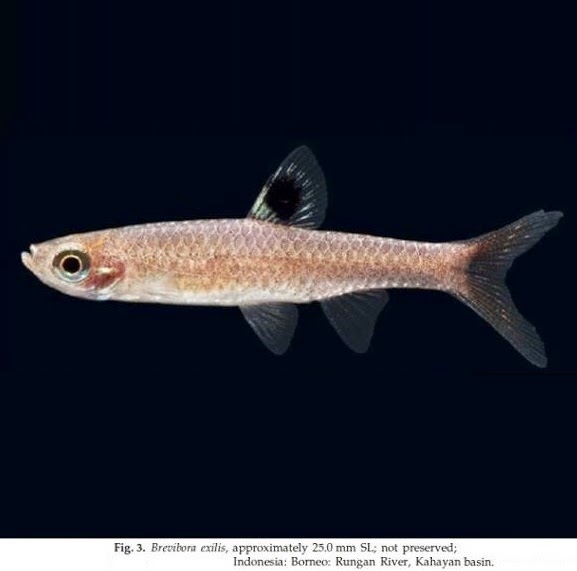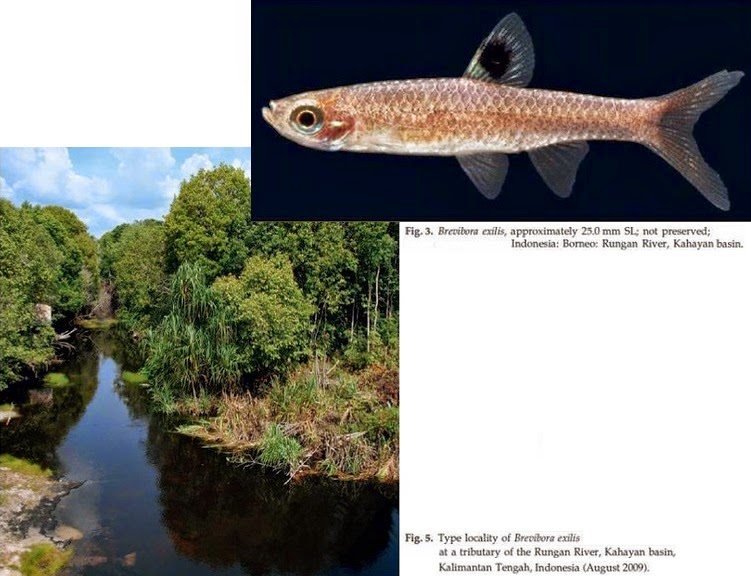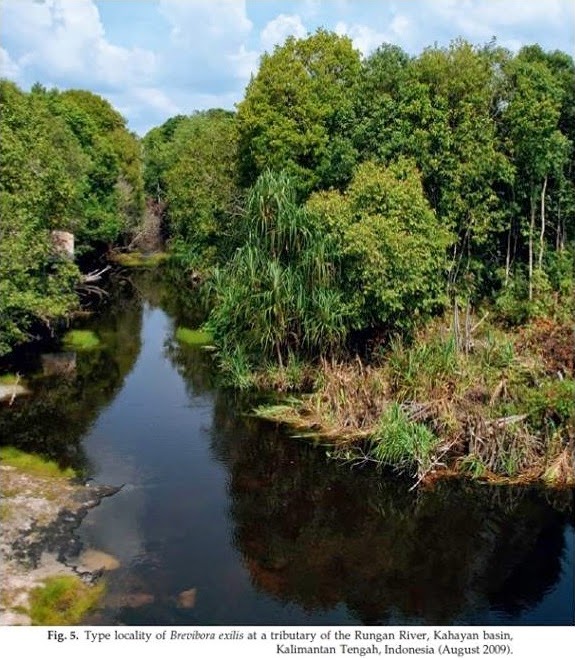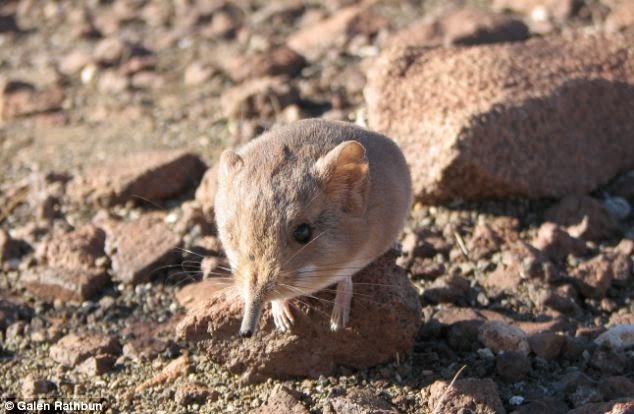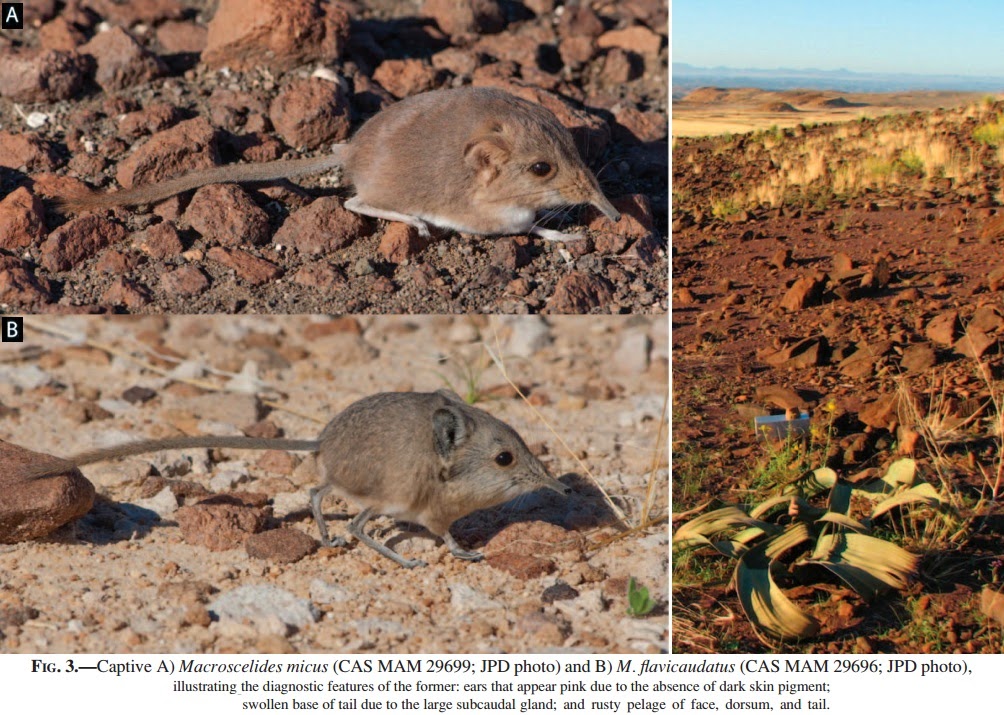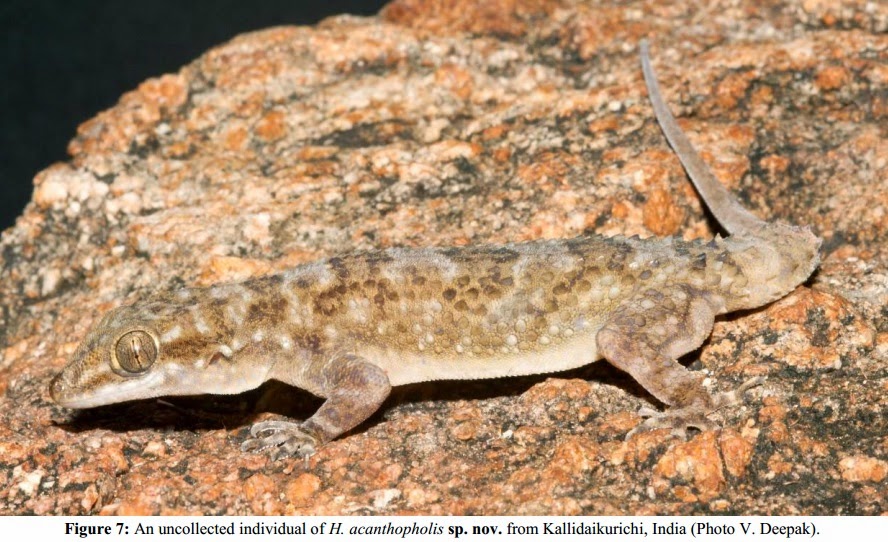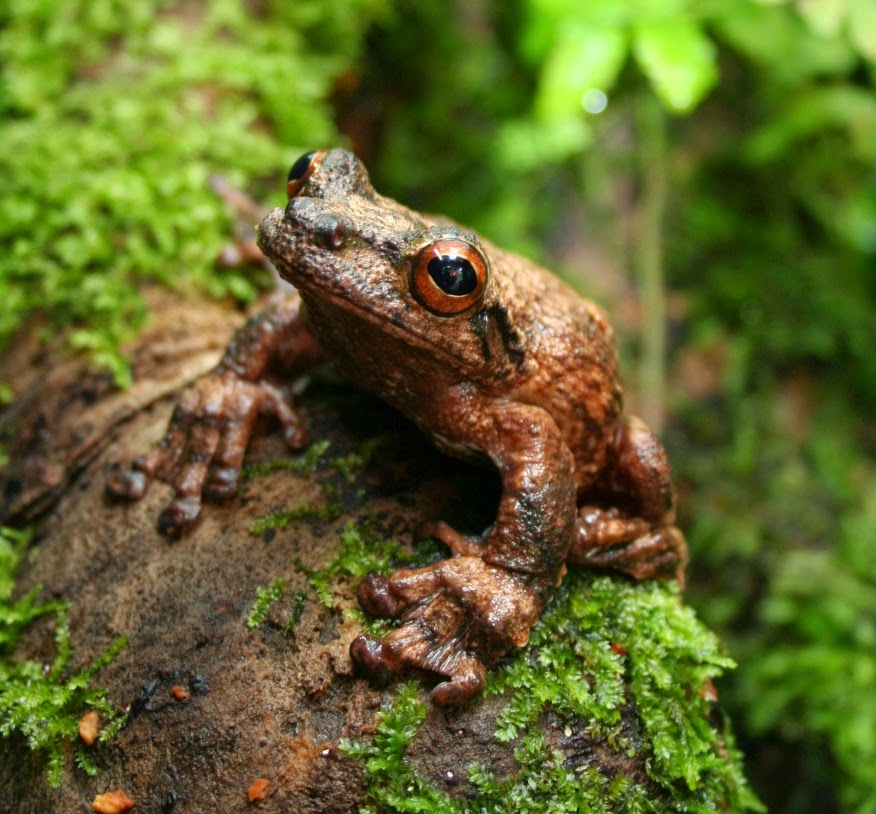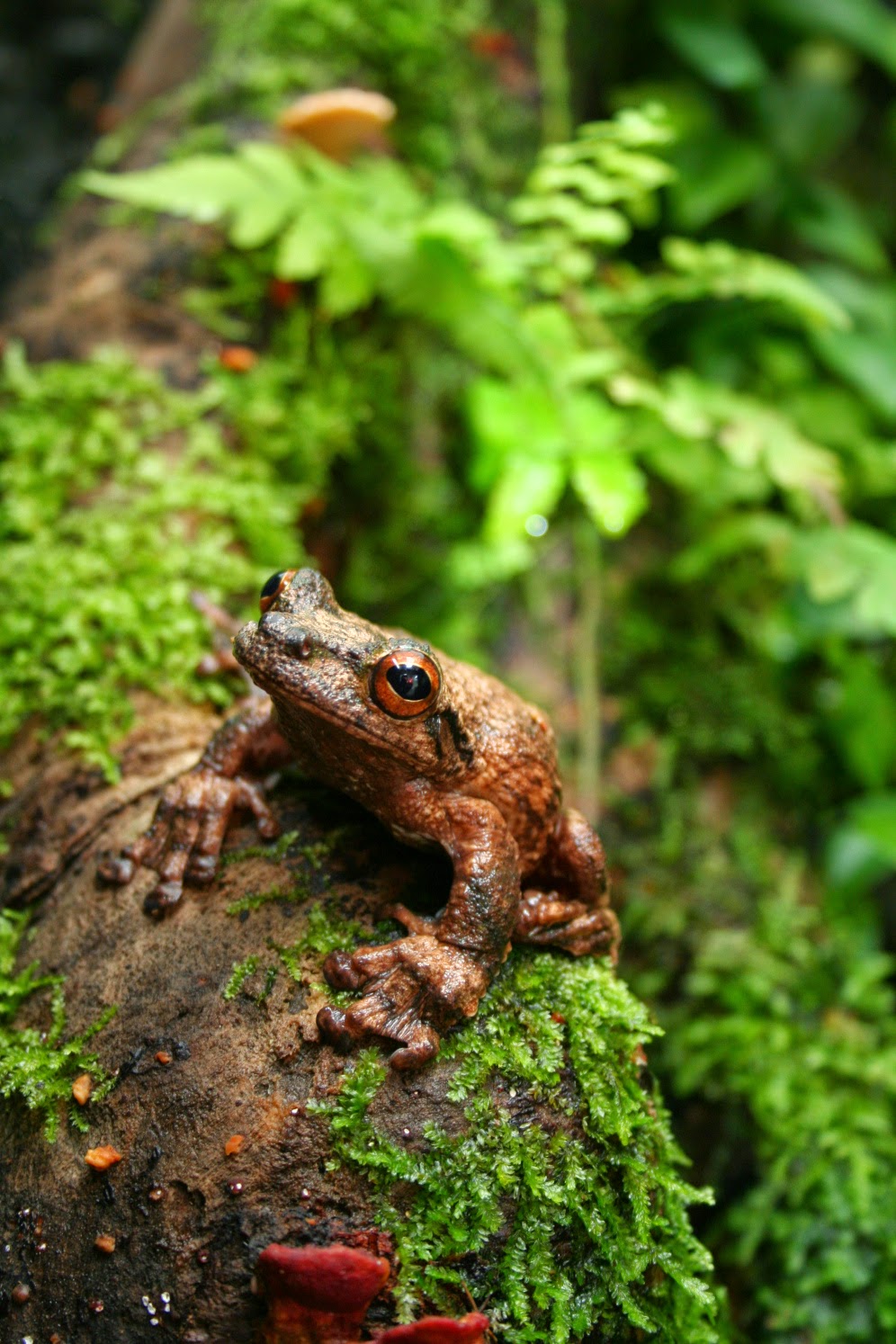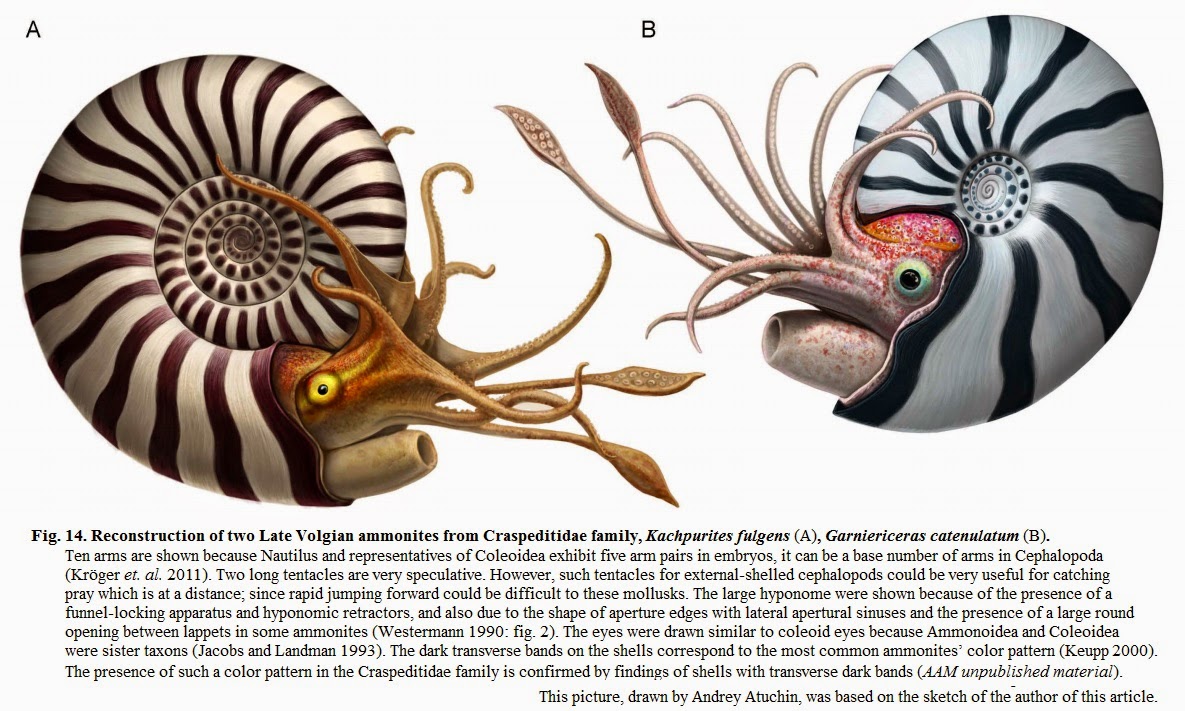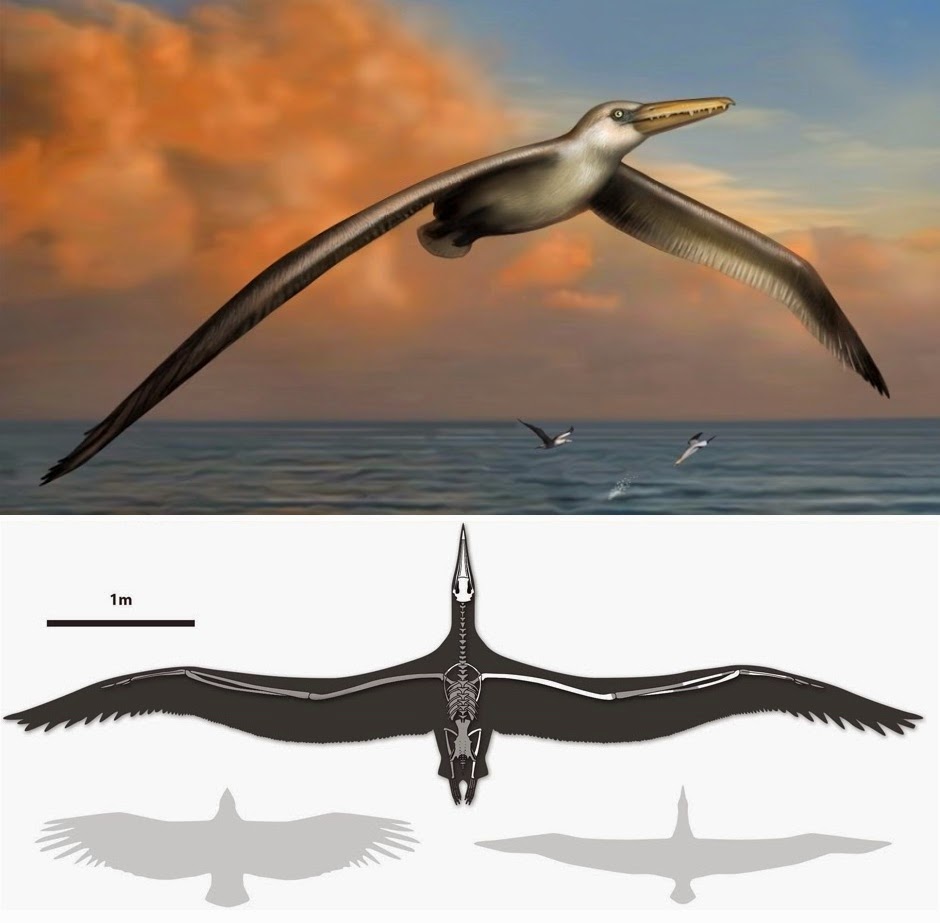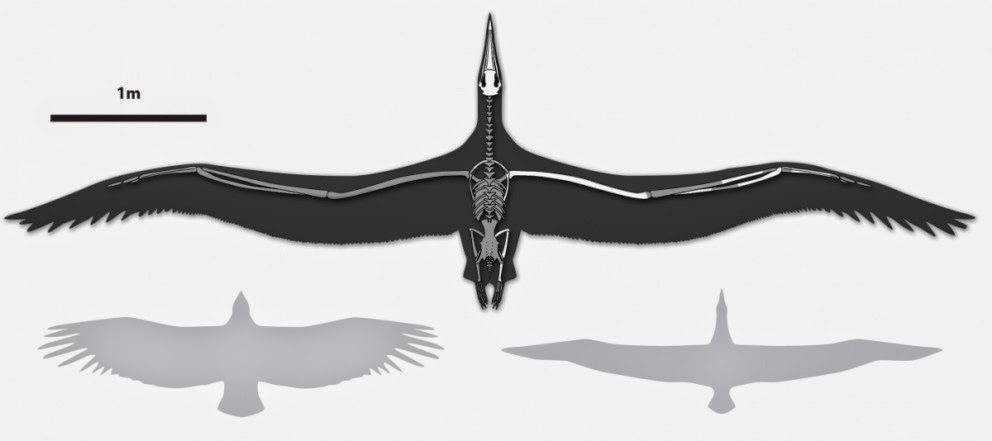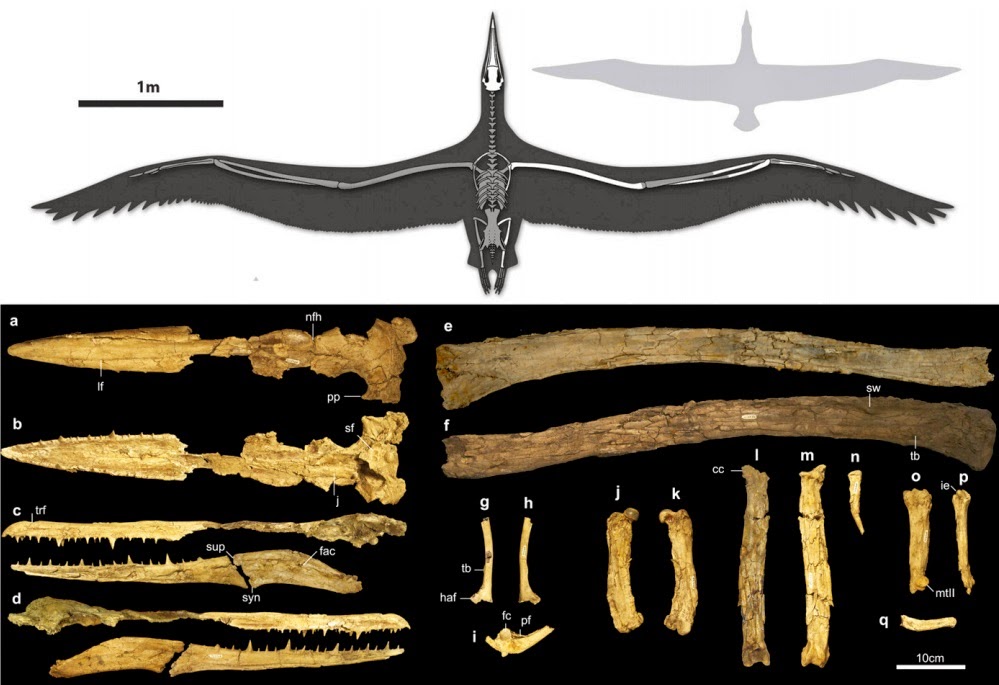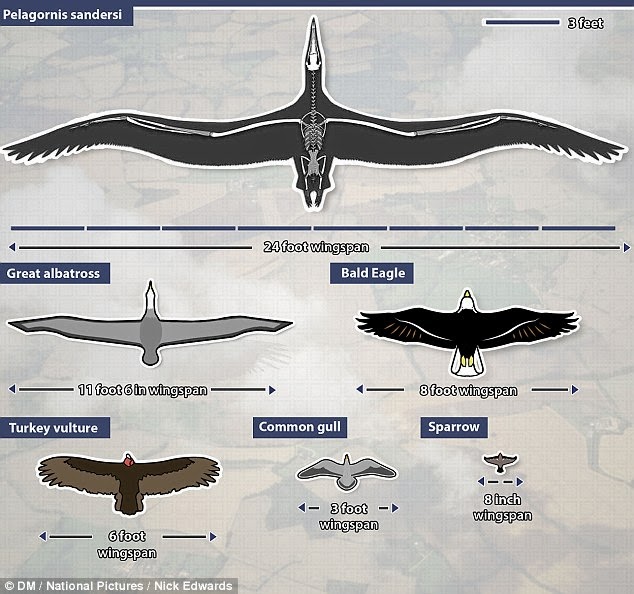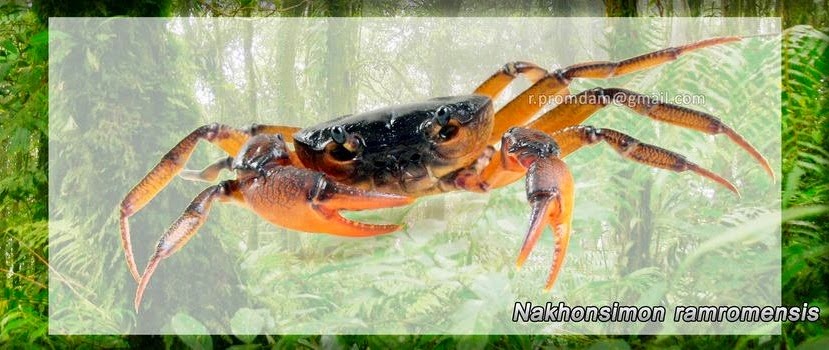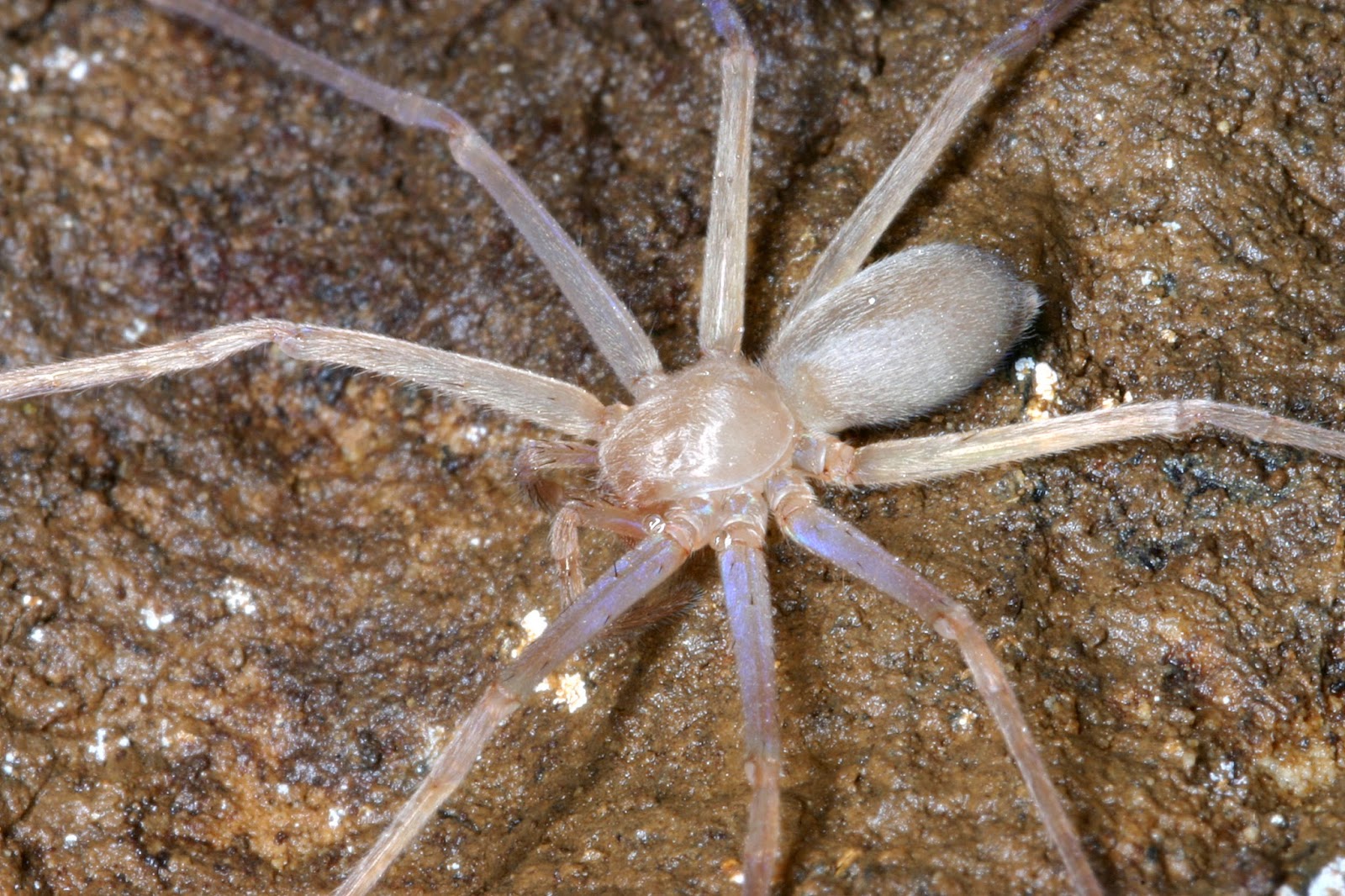 |
| Sinopoda scurion the first record of an eyeless huntsman spider |
Abstract
The genus Sinopoda Jäger, 1999 is recorded for the first time in Laos. Nine new species are described: Sinopoda steineri spec. nov. (female; Luang Nam Tha), S.tham spec. nov. (male, female; Oudomxai), S. sitkao spec. nov. (female; Luang Prabang), S. taa spec. nov. (female; Luang Prabang), S. suang spec. nov. (female; Huaphan), S. peet spec. nov. (female; Huaphan), S. guap spec. nov. (female; Khammuan), S. soong spec. nov. (female; Khammuan), S. scurion spec. nov. (female; Khammuan). All species have been collected from caves. Sinopoda scurion spec. nov. represents the first record of an eyeless huntsman spider, S. guap spec. nov. exhibits only small lenses of six eyes (AME lacking), S. soong spec. nov. has only two small eye lenses. Four immature individuals (Sinopoda sp. indet. A–D) exhibited a reduced size or number of eyes, they are listed including their localities although they could not be identified to species level.
Key words: taxonomy, systematics, new species, troglomorphy
JÄGER, P. 2012. Revision of the Genus Sinopoda Jäger 1999 in Laos with discovery of the first eyeless huntsman spider species (Sparassidae: Heteropodinae). Zootaxa. 3415: 37-57 http://www.mapress.com/zootaxa/2012/f/zt03415p057.pdf



